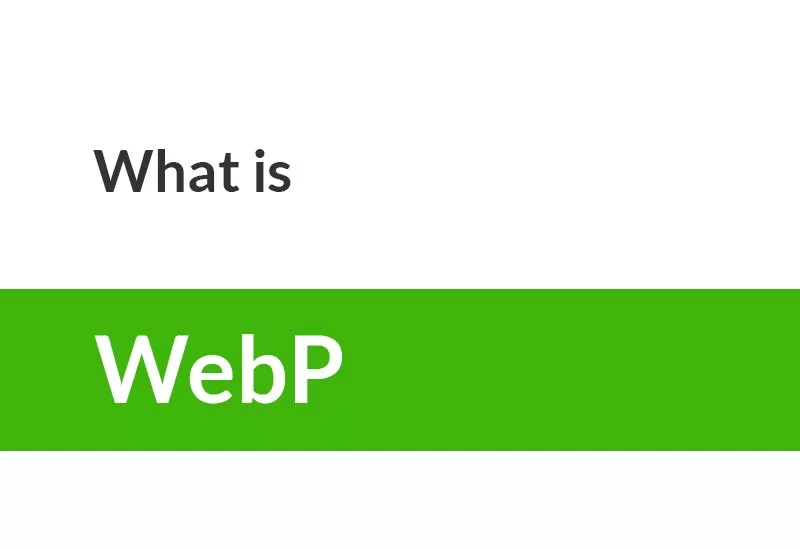React Redux is a powerful and widely adopted library that simplifies state management in React applications. It combines the benefits of React, a popular JavaScript library for building user interfaces, with Redux, a predictable state container. In this article, we will delve into the core concepts, principles, and benefits.
What is React Redux?
It is based on the Flux architecture pattern, which aims to provide a unidirectional data flow in applications. It emphasizes the separation of concerns, making it easier to manage complex state changes. Redux acts as a centralized store that holds the application state, while React components interact with the store to access and update the state.
Key Concepts of React Redux
To effectively utilize it, it is essential to understand its key concepts:
1. Actions:
Actions are plain JavaScript objects that describe the intention to change the state. They carry information about the action type and, optionally, payload data. Actions are dispatched from components and are the only way to trigger state changes in the Redux store.
2. Reducers:
Reducers are pure functions that define how the application state should change in response to dispatched actions. They accept the current state and an action and return a new state based on the action type. Reducers should never mutate the existing state; instead, they create a new state object.
3 Store:
The Redux store is a single source of truth that holds the entire application state. It is created by combining multiple reducers into a root reducer. The store provides methods to subscribe to state changes, dispatch actions, and access the current state.
4. Containers and Presentational Components:
React Redux introduces the concept of containers and presentational components to separate concerns. Containers are responsible for connecting React components to the Redux store, while presentational components focus solely on rendering the UI based on the provided props.
Benefits of React Redux
It offers several advantages for state management in React applications:
1. Centralized State Management of React Redux:
Centralizing the state in a Redux store, it simplifies the management of complex application states. It provides a clear separation between data and UI components, making it easier to reason about and debug the application.
2. Predictable State Changes:
Redux enforces a strict unidirectional data flow, making state changes predictable and easier to understand. With Redux’s immutability principle, each state change results in a new state object, which aids in tracking and debugging application behavior.
3. Efficient Component Updates:
This optimizes component updates by utilizing the concept of “selectors.” Selectors allow components to specify which parts of the state they depend on, preventing unnecessary re-renders when unrelated state changes occur.
4. DevTools and Debugging:
React Redux integrates seamlessly with Redux DevTools, a browser extension that provides a powerful set of tools for inspecting and debugging state changes. It enables time-travel debugging, state snapshots, and performance monitoring, which significantly aids in development and debugging processes.
Integration Redux with React
It seamlessly integrates with React applications. The Provider component from the React Redux library wraps the entire application, providing access to the Redux store. Components that need access to the store use the connect function to connect to the store and specify which parts of the state they require.
Advanced Topics and Best Practices of React Redux
To maximize the benefits, it’s essential to understand and follow some advanced topics and best practices:
1. Normalizing the State:
Normalizing the state structure ensures a more efficient and scalable application, particularly when dealing with large datasets. It involves flattening nested data structures and using unique identifiers to establish relationships between entities.
2. Async Actions and Middleware:
React Redux integrates seamlessly with middleware libraries like redux-thunk or redux-saga to handle asynchronous actions. Middleware intercepts dispatched actions, allowing for side effects like API calls, and dispatching additional actions once the async operation completes.
3. Performance Optimization:
To optimize applications, it’s crucial to minimize unnecessary re-renders and unnecessary state updates. Memoizing selectors, using shouldComponentUpdate or React.memo, and employing immutable data structures can significantly enhance performance.
Setting up a React Redux Project
To get started with React Redux, you need to set up a new project. Here’s a step-by-step guide:
- Create a new React project using a tool like Create React App.
- Install the necessary dependencies: react-redux and redux.
- Define the application state structure and create a Redux store using the createStore() function.
- Wrap your application with the <Provider> component from the react-redux library, passing the Redux store as a prop.
Connecting Components to the Redux Store
React Redux provides the connect() function to connect React components to the Redux store. This connection allows components to access the state and dispatch actions.
To connect a component:
- Import the connect() function from react-redux.
- Define a mapStateToProps() function to specify which parts of the state the component needs.
- Define a mapDispatchToProps() function to map actions to component props.
- Pass mapStateToProps and mapDispatchToProps as arguments to the connect() function, and then wrap your component with the returned higher-order component (HOC).
We’ll illustrate this process with source code examples to demonstrate how to connect components to the Redux store and access state or dispatch actions.
Conclusion
React Redux provides an elegant and efficient solution for managing state in React applications. By following the Flux architecture pattern, simplifies state management, enhances predictability, and optimizes the performance of React components. Its integration with Redux DevTools and seamless integration with React makes it a popular choice among developers.
In conclusion, It is a powerful tool that simplifies state management in React applications. Its seamless integration with React, predictable data flow, and efficient component updates make it a preferred choice for developers. By leveraging its key concepts, following best practices, and exploring advanced topics, developers can unlock their full potential and build robust and scalable applications with ease.

